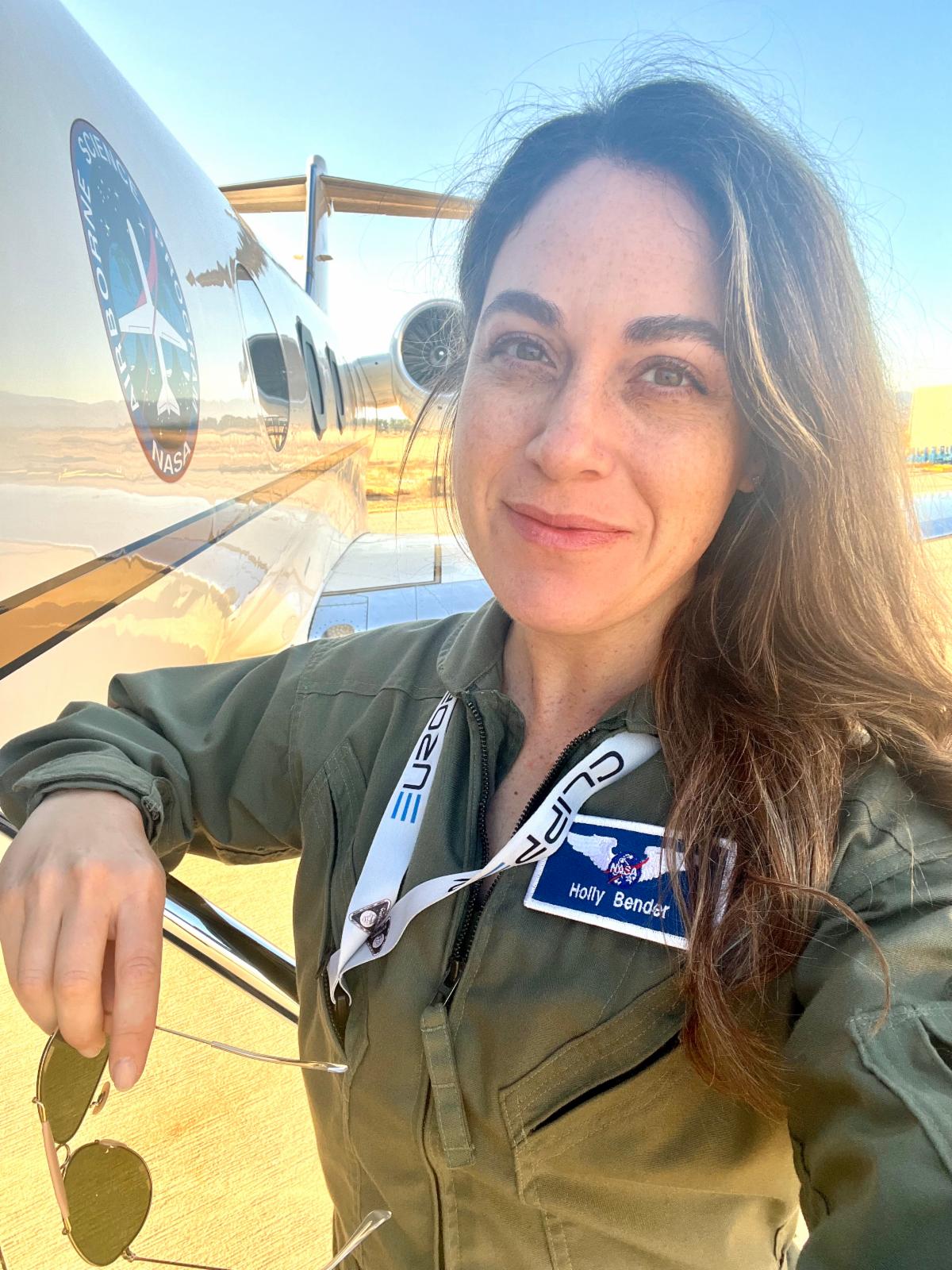Colloquia & Guest Speakers
Imaging Spectrometer Development and Applications for Earth and Planetary Science
Holly Bender, Senior Optical Engineer at NASA's Jet Propulsion Laboratory
Monday, April 22, 2024
3:30 p.m.
Presented in-person in Goergen 101 and on Zoom
Zoom Information
Zoom:https://rochester.zoom.us/j/91669460596?pwd=T1VzbEFreVd3NFR5QnlUV09YWlZWZz09
Meeting ID: 916 6946 0596
Passcode: 0330
Abstract
Imaging spectroscopy is a powerful remote sensing technique for understanding composition and geologic processes both here on Earth and across the solar system. In order to extract the accurate spectral signatures needed for these applications, an imaging spectrometer must overcome technical challenges to maintain high throughput, high uniformity, and high calibration accuracy. This talk will provide an overview of design considerations and assessment techniques behind a number of successfully deployed imaging spectrometers while discussing applications ranging from Earth Science investigations to the nature of water on the Moon and the habitability of Jupiter’s icy moon Europa.
Biography

Holly Bender is a senior optical engineer at NASA’s Jet Propulsion Laboratory with over 15 years of experience in imaging spectrometer development. Prior to landing at JPL, she received her B.S. (2005) and M.S. (2006) from the University of Rochester, Institute of Optics. Over her career she has contributed to more than a dozen space and airborne imaging spectrometers, most recently leading the optical delivery of the High-Resolution Volatiles and Minerals Moon Mapper (HVM3) on the NASA SIMPLEx Lunar Trailblazer orbiter mission (expected launch late 2024), and the Ultra Compact Imaging Spectrometer for the Moon (UCIS-Moon). She also managed the development of the CubeSat-compatible Snow and Water Imaging Spectrometer (SWIS) for the NASA Earth Science Technology Office, and served as optical subsystem lead for the Mapping Imaging Spectrometer for Europa (MISE) on the upcoming NASA Europa Clipper mission (expected launch October 2024). Meanwhile, she continues to be actively involved in the optical design, alignment, delivery, and operation of numerous airborne systems for Earth Science applications. This has included the Airborne Visible Infrared Imaging Spectrometer Next-Generation (AVIRIS-NG) and the Portable Remote Imaging Spectrometer (PRISM), for which she also now serves as deployment lead, coordinating instrument operations over a series of international campaigns studying greenhouse gases, terrestrial ecology, ocean dynamics and biodiversity.
